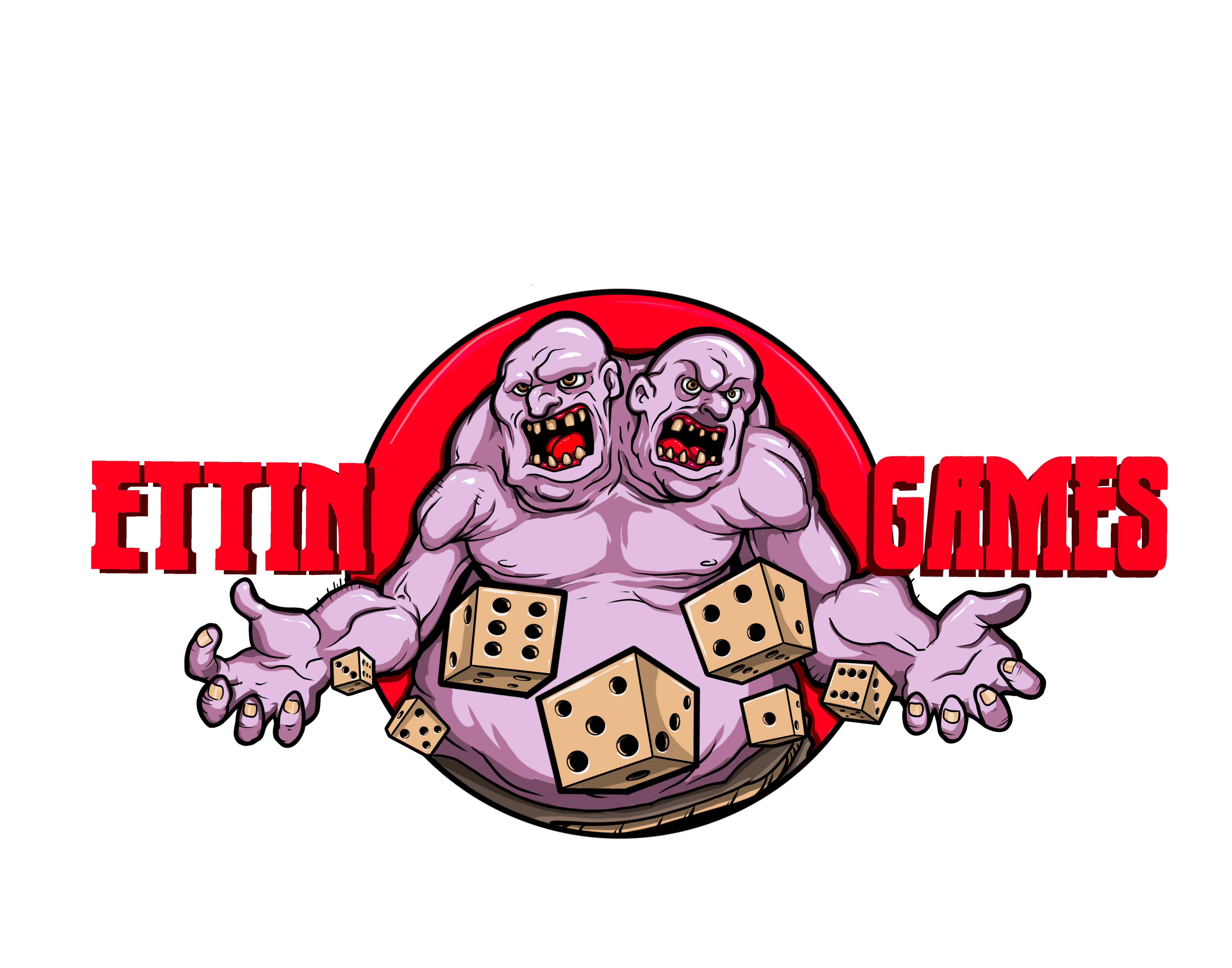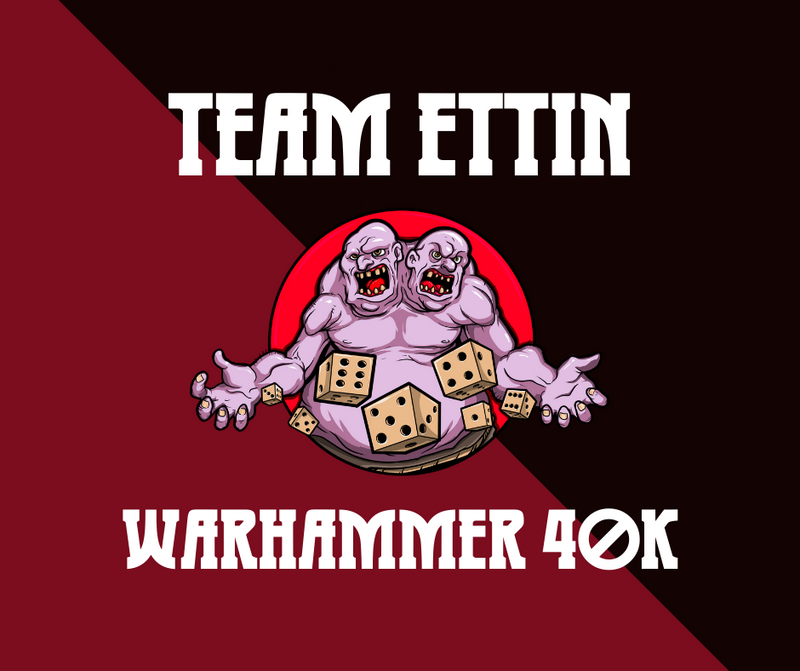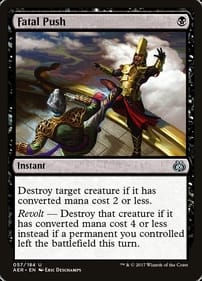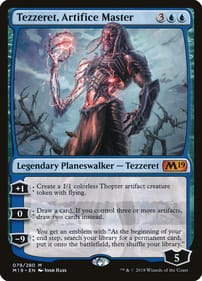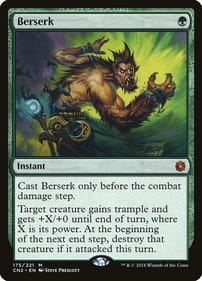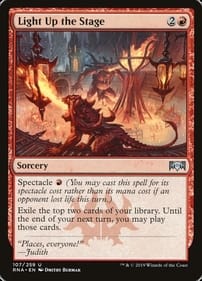Clutch City GT is just around the corner for us at Team Ettin, and with that we’ve been fervently testing, tooling, and playing in local events to get our lists down. One of the things I’ve noticed through my testing is the lack of confidence, (or in some cases overconfidence), that people may have in their secondary choices.
Secondaries are just as important as the Primary scoring in my eyes, scoring an equal 45 points max a piece. For me, it’s important that I prioritize the Primary just enough to also have assets that help me achieve my secondaries. When doing so I look at how close the objectives are to each other, how often I’ll need to trade assets on objectives, and how the Primary scores. It’s important to never overextend on the missions when holding your half of the board is sufficient, or any mission where having a firm hold of 2 objectives scores you 8 Primary. This allows you to conserve assets for a late-game push in the right instances and overwhelm an opponent who may have over dedicated units to the midboard or beyond.
When it comes to Secondary choices, there’s a couple schools of thought that various armies may use to decide which secondaries are their go-tos, and those people may even have those secondaries built into a list for maximum efficiency. Let’s talk about that!
Building for Points
A lot of the time people may have designed their specific lists to achieve a few different secondaries easily. In doing so, they are putting the burden of proof on their opponent to stop them. The secondaries most commonly built into are action based secondaries like Retrieve Nachmund Data or Psychic Interrogation, or survivability based secondaries such as To the Last or Grind Them Down.
This is the route I go a lot of the time, and it works out. It’s important to build these into your list in such a way that they become second nature to your list and are not easily denied. For example my To the Last units are my 2 out of line of sight shooting Night Spinners & my unit of Skyweaver bikes. With the ability to leave combat or fire and fade back behind cover my bikes have the utility to hide the entire game or force my opponent to come out too far to deal with them.
Also worth noting I have 6 five body troop units and the ability to pick up a Harlequin troop unit each turn to make Retrieving Nachmund Data a no-brainer on some missions. I also have 3 mobile psykers and with Psychic Interrogation not requiring line of sight anymore, this Secondary is fairly easy to achieve. All of these were things I considered when constructing my list, and are what I consider to be my “go-tos” when I step up to any table or mission. This isn’t the only way to view secondaries, there’s 2 more major ways that beneficial Secondaries can be looked at: Agency and those that are incidentally scored.
Agency
My second favorite school of thought and one I discuss frequently with the Team is Agency. These are secondaries that score reliably regardless of the flow of the game, and I think are some of the easiest Secondaries people trap themselves into. An example of a Secondary that provides the player a lot of Agency but isn’t necessarily built into the list would be something like Stranglehold. Stranglehold aids itself to playing the primary and a lot of times scores on your terms because of the fact that the points are earned at the end of your turn, rather than an unruly timing like the end of the battle round or your next command phase.
This puts a lot of the power in the players individual skill and know-how, without putting too much into the opponents hands. Things to look out for when picking these secondaries like Stranglehold or Engage on All Fronts are the scenarios in which your opponent can deny them. Stranglehold may seem like a given against the average opponent until you realize they may have a castle that becomes unreliable to shift off of a midboard point, or the potential like Crusher Stampede has to outnumber you on a point with the point and click of a Stratagem that makes them objective secured equal to the Monsters current wound count.
Make sure to ask your opponent about various tricks they may have, or the speed of their units. The last thing you want is to pick Engage and have your opponent establish so much control over their board half that you never score, or only score 2 points per turn.
Incidental
The last school of thought that I’ve seen in regards to Secondary choices, (and my least favorite choices), are those that are incidental to the flow of the game. Examples of these are No Prisoners, Assassinate, and Bring it Down. All of these have no turn cap on how points they score as they check the total tally at the end of the game. This means that you are able to rack up the points as late as turn 5 if need be and still score max.
The reason I’m not a big fan of these in particular is that they put a lot of stake in the general flow of the game. What if I choose Assassinate but never quite get to those characters? What if I take No Prisoners and my opponent pummels me off the board before my tally means anything or scores where I want it to? These are some of the reasons why these particular choices will probably be the last ones that I ever look at.
It’s worth noting that some armies may not have a choice in the matter. A lot of the armies have 2 go-to secondaries and lean pretty heavily on their ability to play the primary game reliably. I personally have no issue with this style of play, it’s just never how I’ll prioritize list-building because as people adapt to your armies game plan, they’ll realize they can hit you where it hurts, your Secondaries. This brings us to our last point for today:
Denial
As I said above a lot of people put so much stake in the Primary score and how to deny it. However, from what I’ve noticed, you should only do so if denial of Primary is trivial. Almost every army is built to have an unruly 3rd Secondary choice and the ability to identify where you can pinpoint deny those Secondaries over the course of 5 turns is bigger than it may seem. Imagine for a second that your opponent has chosen Engage on All Fronts, Retrieve Nachmund Data & Assassinate. By establishing a strong presence in your half of the board, you could easily screen out their Nachmund Data, keep them from pushing over the centerline for Engage, and incidentally be protecting your characters. A few actions can go a long way towards stopping the opponent from scoring what they felt like were “gimme” Secondaries.
While denial of points is important, always make sure that in doing so you are still playing towards your points. Is screening out my opponents Nachmund Data unit worth this asset being so far back? Am I over-extending too early in order to establish board presence? Make sure you weigh the opportunity costs of every play like these before you fully dedicate to them.
As always, thanks for giving the weekly article a read! You can find coaching sessions with our Team Ettin members, more weekly articles and more on our website ettingames.com.
Don’t forget to find our weekly podcast: Tabled Talk, wherever you get your podcasts!
